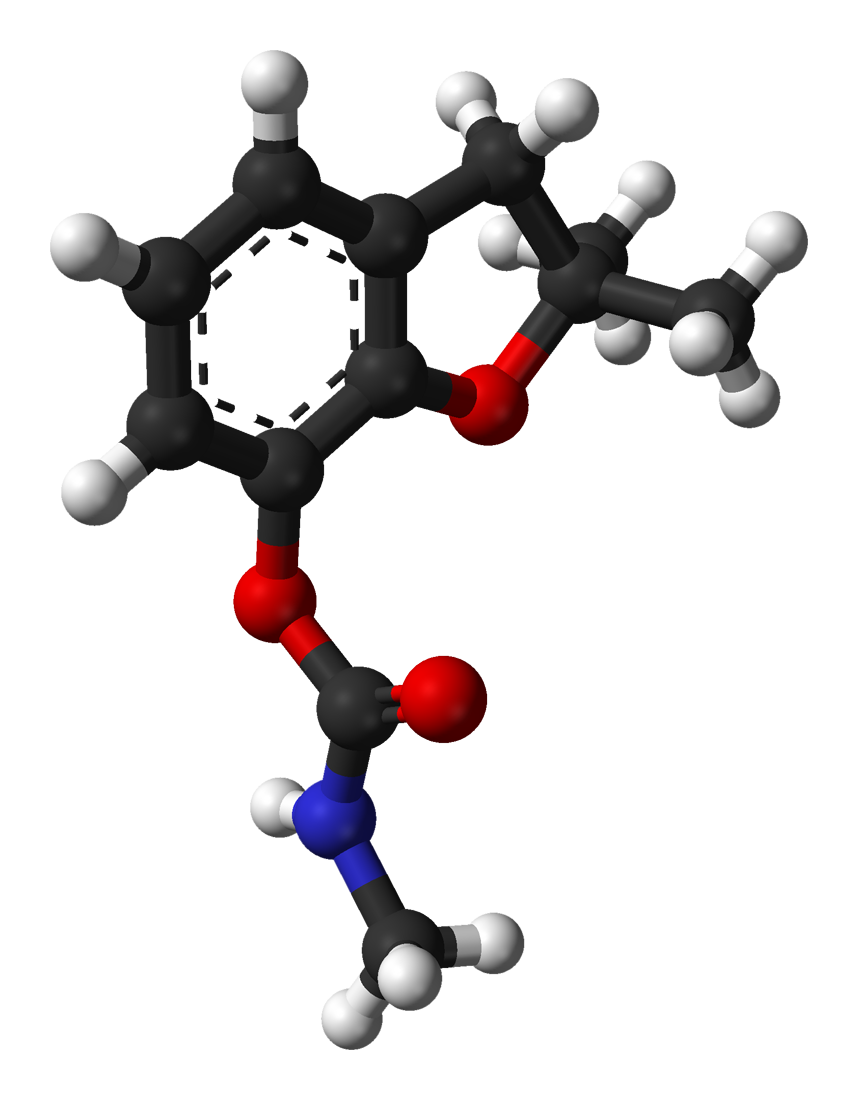Envenomation by poisonous snakes is often accompanied by
substantial pain at the site of the bite. Thus it is somewhat counterintuitive
that some deadly venoms have components that have excellent potential for drug
development as analgesics (i.e., pain
relievers).
Hannalgesin, a component of king cobra (Ophiophagus hannah) venom, is a potent α-neurotoxin.
However, THA903 an undecapeptide (
11-amino acid peptide) derived from Hannalgesin appears to have substantial analgesic
activity without lethal consequences at therapeutic doses. The peptide is water
soluble and can be administered sublingually.
Hannalgesin is a three-finger toxin (3FTx). It was first purified
and sequenced in 1994 by Song et al.
Subsequent investigations by Kimi’s group at the National University of
Singapore resulted in the development of THA903 and they established that the
analgesic effect is due to a relatively short sequence near the C-terminal end
of the protein.
The precise mechanism responsible for analgesia is not
completely known. However, it seems reasonable that analgesic peptides may be agonists
for opiod receptors. The primary sequence for Hannalgesin is presented below.
The sequence NPFPT near the C-teminus seems particularly important for
analgesia.
TKCYVTPDVKSETCPAGQDICYTETWCDAWCTSRGKRVNLGCAATCPIVKPGVEIKCCSTDNCNPFPTRKRP
Primary Structure of Hannalgesin
References
Gopalakrishnakone, P., Pu, X. C., Wong, P. T.
H., Gwee, M. C. E., & Kini, R. M. (2003). U.S. Patent No. 6,613,745.
Washington, DC: U.S. Patent and Trademark Office.
Kini, R. M., & Doley, R. (2010). Structure, function and evolution of three-finger toxins: mini proteins with multiple targets. Toxicon, 56(6), 855-867.
Song, J., Chung, M. C. M., Xiong, Y., Wang, W. and Pu,
X. (1994) Purification, sequence and pharmacological studies of a new alpha-neurotoxin from Ophiophagus
hannah venom. Toxicon 32, 537-538 (Abstract).
Pu,
X. C., Wong, P. T. H., & Gopalakrishnakone, P. (1995). A novel analgesic
toxin (hannalgesin) from the venom of king cobra (Ophiophagus hannah). Toxicon,
33(11), 1425-1431.








.jpg)















